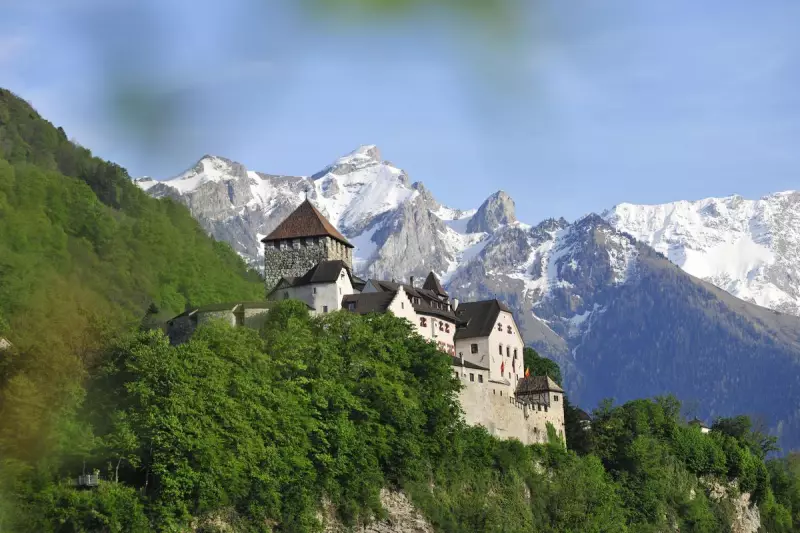
As the mighty River Rhine journeys from the Swiss Alps to the North Sea, it passes countless bridges, but few capture the imagination quite like the Alte Rheinbrucke. This charming 1901 structure stands as the only surviving covered wooden bridge along the river's entire 1,233-kilometre course, serving as a picturesque crossing between Switzerland and the tiny principality of Liechtenstein.
A Border Crossing Like No Other
Stepping onto the 135-metre Alte Rheinbrucke feels like entering a storybook. The wooden boards creak beneath your feet as the Rhine surges below, carrying pedestrians and cyclists between two nations without any border formalities. Thanks to the Schengen Area agreement and customs union between Switzerland and Liechtenstein, travellers can wander freely across this historic crossing.
For those seeking a unique souvenir, the tourist information centres in Vaduz offer an unofficial passport stamp for three Swiss francs (approximately $5.70). While it serves no practical purpose, it makes for a perfect memento of your visit to one of Europe's smallest nations.
Discovering Vaduz: More Than Just a Village
Liechtenstein's capital, Vaduz, greets visitors with a stunning backdrop of wooded mountains, verdant meadows, and vineyards crowned by the hilltop Vaduz Castle. Though the medieval fortress is generally closed to the public (except on National Day, August 15), visitors can hike up in about 20 minutes for exterior views or admire a miniature replica on the pedestrianised high street.
Despite its small size—Liechtenstein is Europe's fourth-smallest country after Monaco, Vatican City and San Marino—Vaduz offers surprisingly cosmopolitan dining options ranging from Swiss specialties to Mediterranean and Asian cuisine. Many visitors opt for a quick but delicious takeaway bratwurst from local bakeries like Balu to maximise their exploration time.
Art, History and Space Exploration
Vaduz's Museum Mile presents an impressive collection of cultural attractions within walking distance. Outdoor art installations include Fernando Botero's characteristically ample Reclining Woman outside the Kunstmuseum and Max Gruter's thought-provoking seated astronaut sculpture.
Perhaps most surprisingly, this Alpine nation has a compelling connection to space exploration. The Liechtenstein Treasury museum displays moon rocks from the 1969 Apollo 11 mission, a gift from US President Richard Nixon after local company Balzers AG supplied anti-cosmic radiation components for the historic space program.
The Treasury also showcases exquisite artefacts from the princely collection, including Faberge eggs and jewel-encrusted relics gifted by historical figures like Frederick II the Great. Next door, the Postal Museum celebrates Liechtenstein's internationally acclaimed stamps, which make perfect souvenirs for sending postcards home.
Beyond the Capital: Exploring Liechtenstein's Landscapes
For those with more time, Liechtenstein offers spectacular hiking opportunities through its pastoral landscapes. The 75-kilometre Liechtenstein Trail threads through the Rhine Valley and all 11 municipalities, while more adventurous travellers can attempt the climb to Vorder Grauspitz (2,599 metres), the country's highest peak, or Naafkopf (2,570 metres), where three countries—Liechtenstein, Switzerland and Austria—meet.
Founded as a principality in 1719 by the House of Liechtenstein, this constitutional monarchy now has a population of approximately 40,000 people sharing power between an elected parliament and reigning monarch Prince Hans-Adam II, who resides at Vaduz Castle with his family.
Whether you're crossing historic bridges, exploring art-filled streets, or discovering unexpected space connections, Liechtenstein proves that great adventures often come in small packages.





